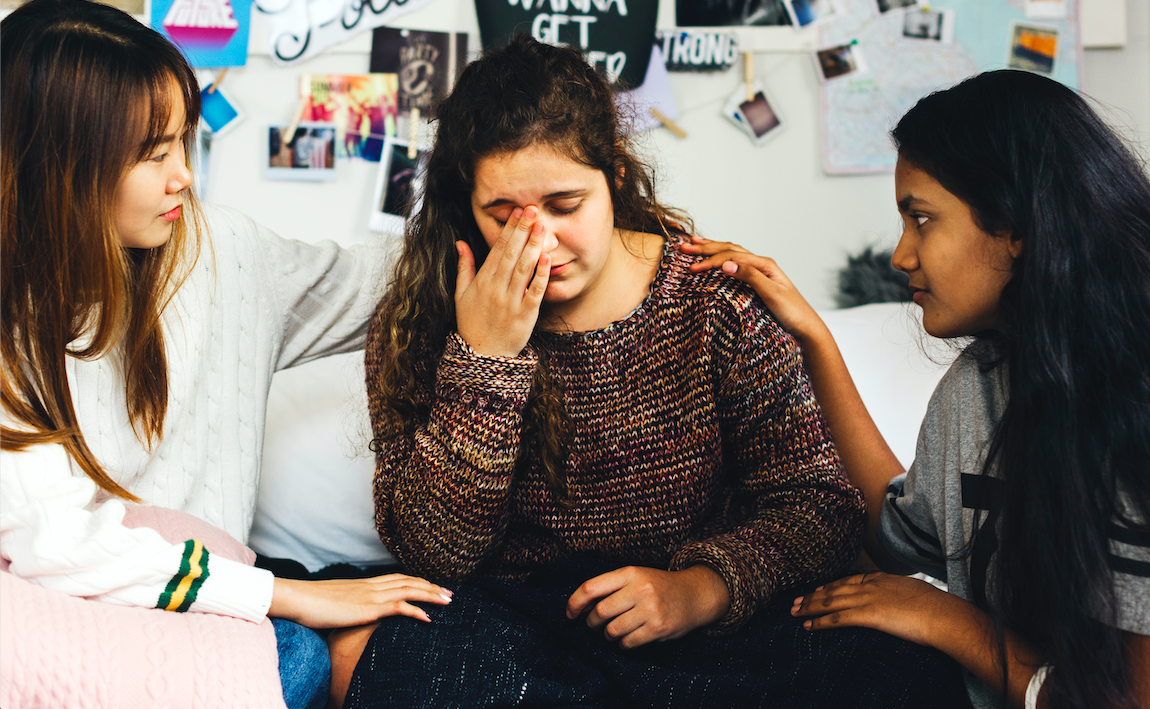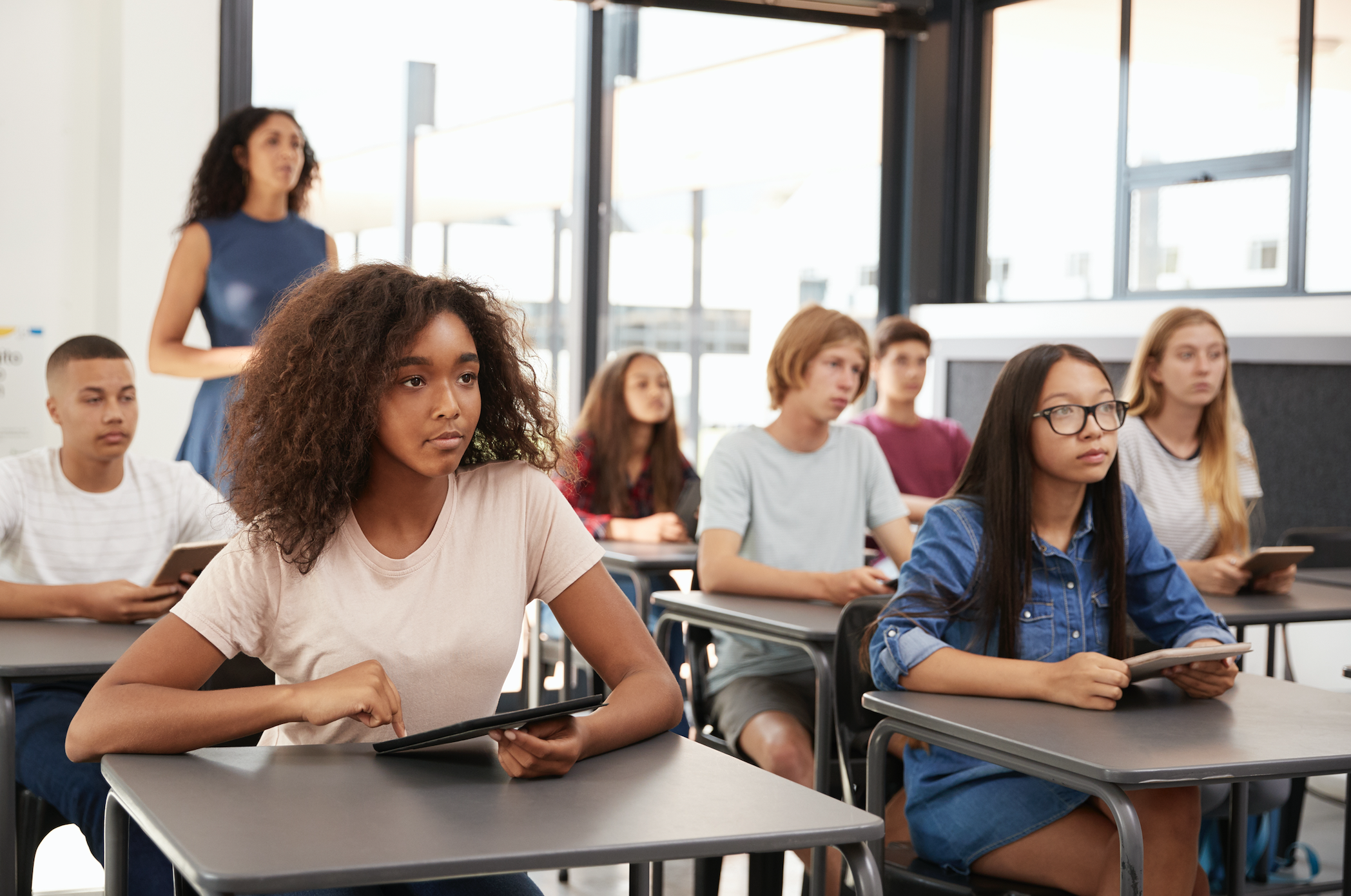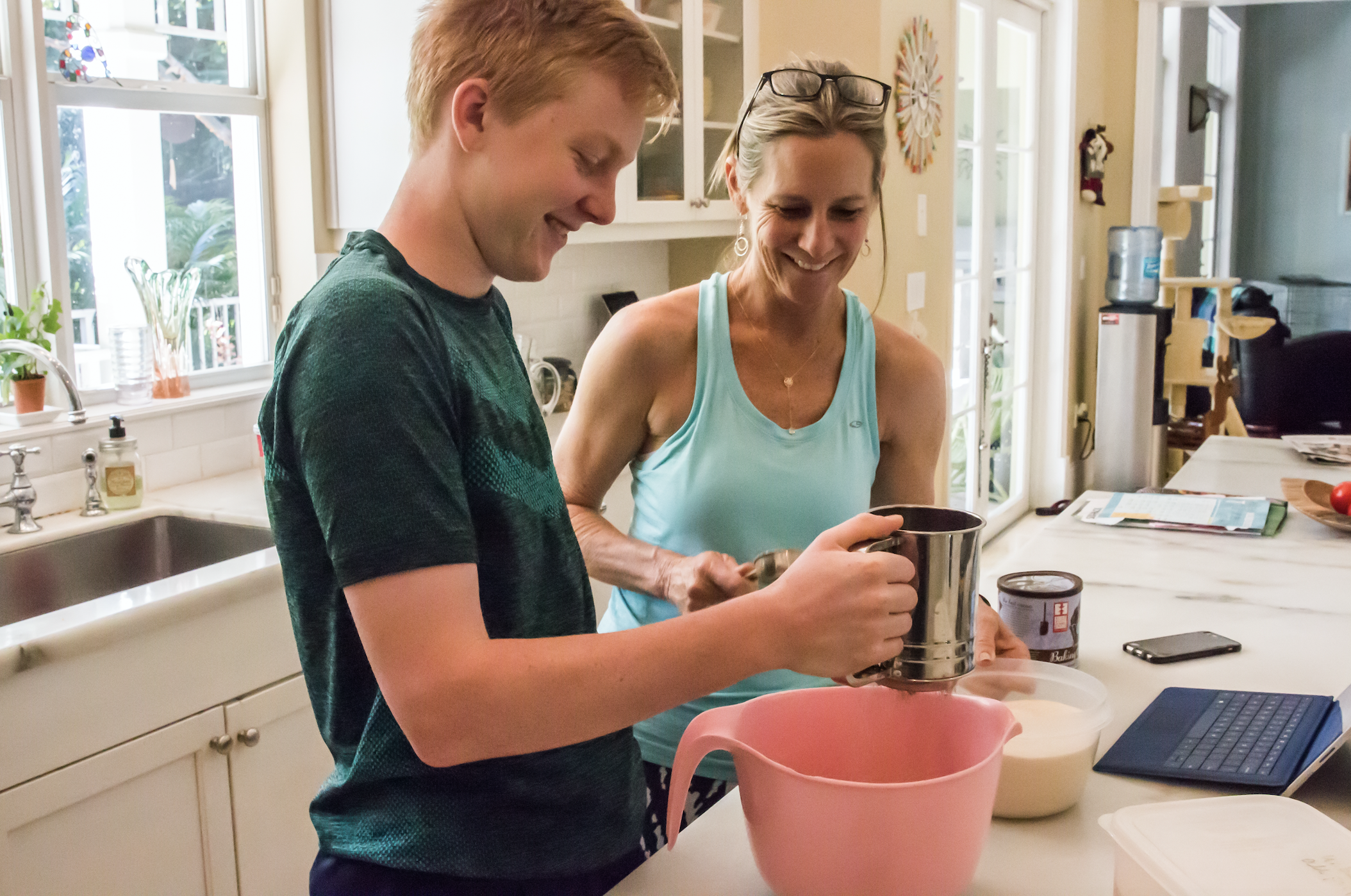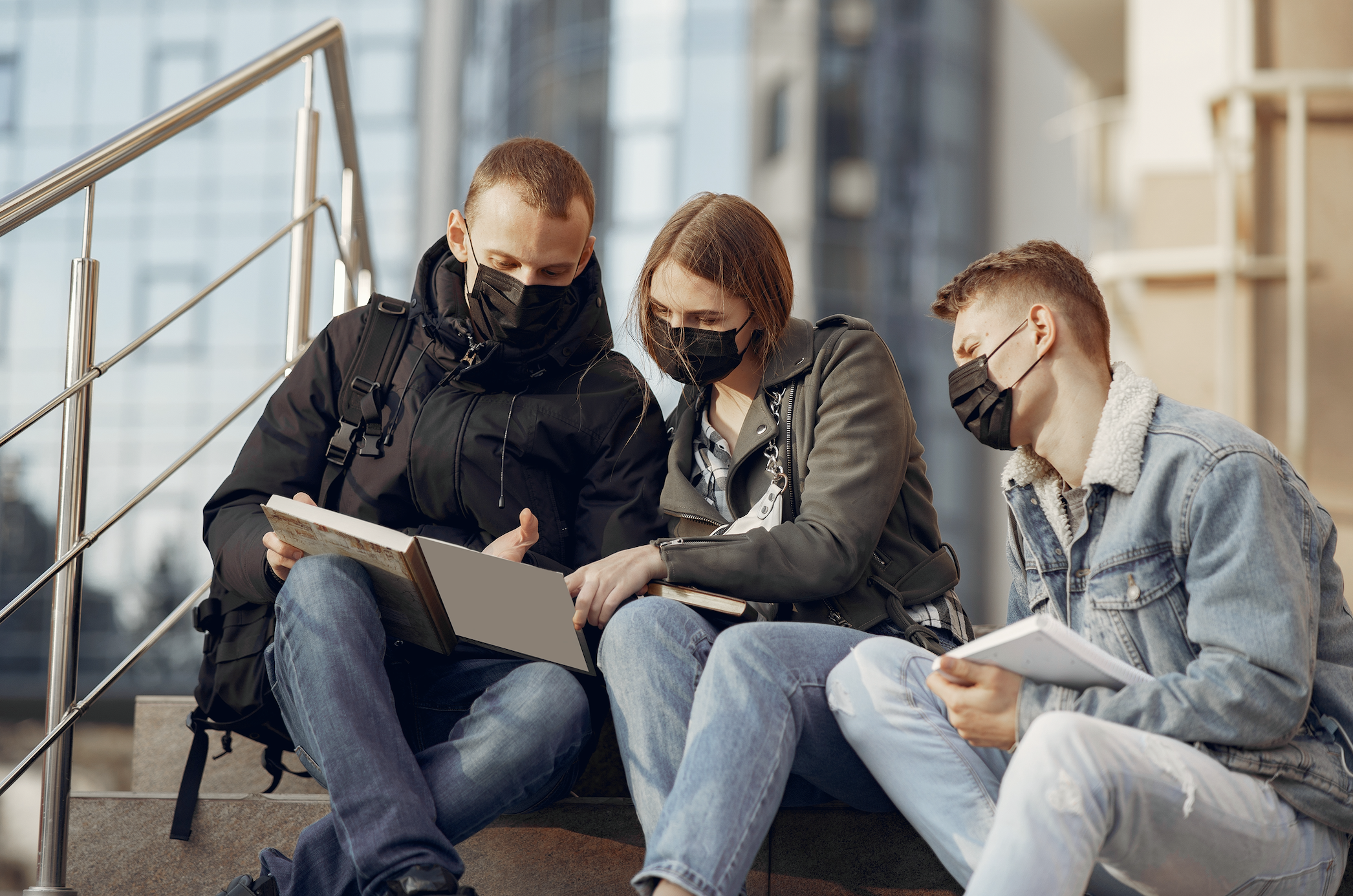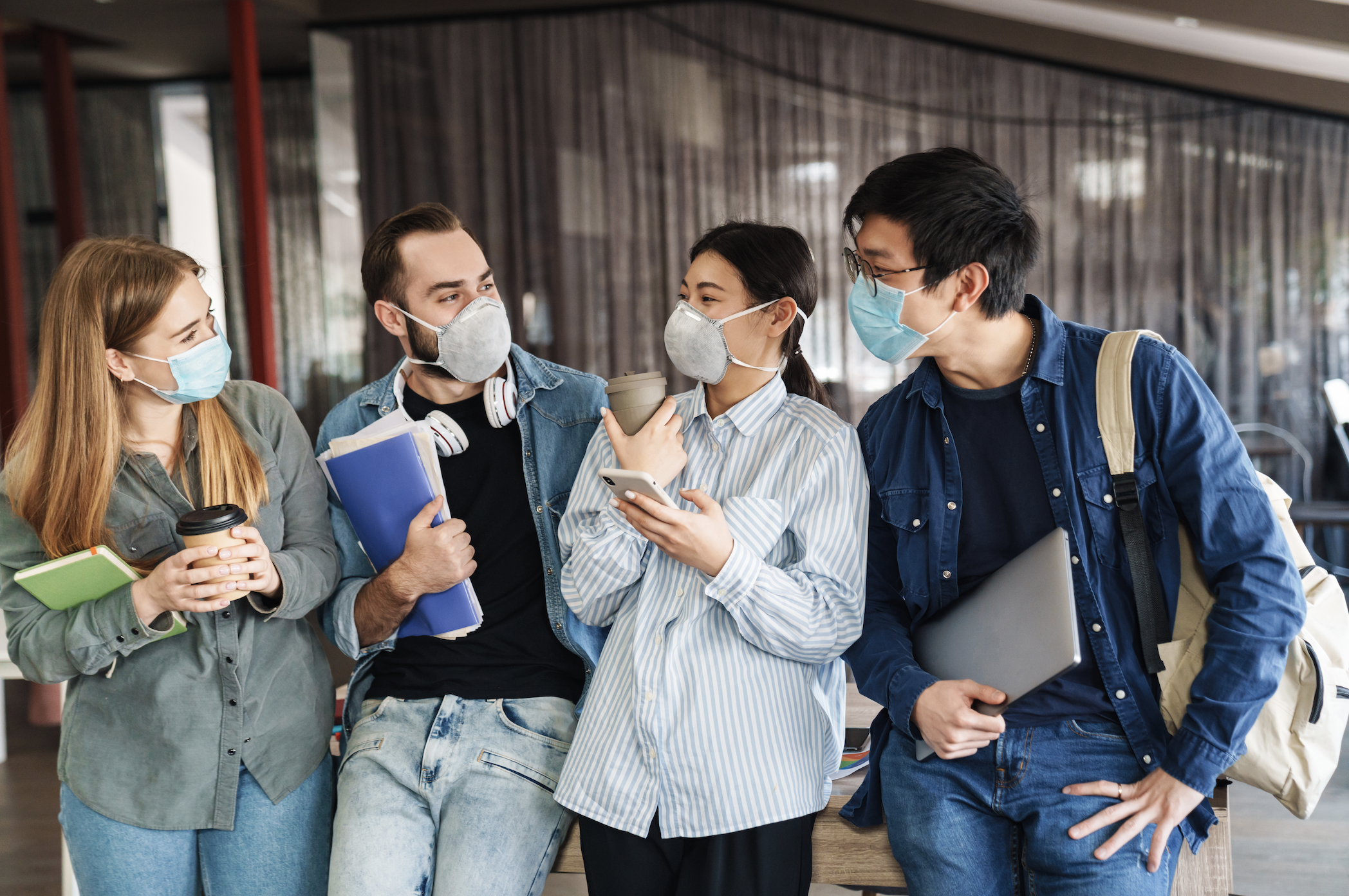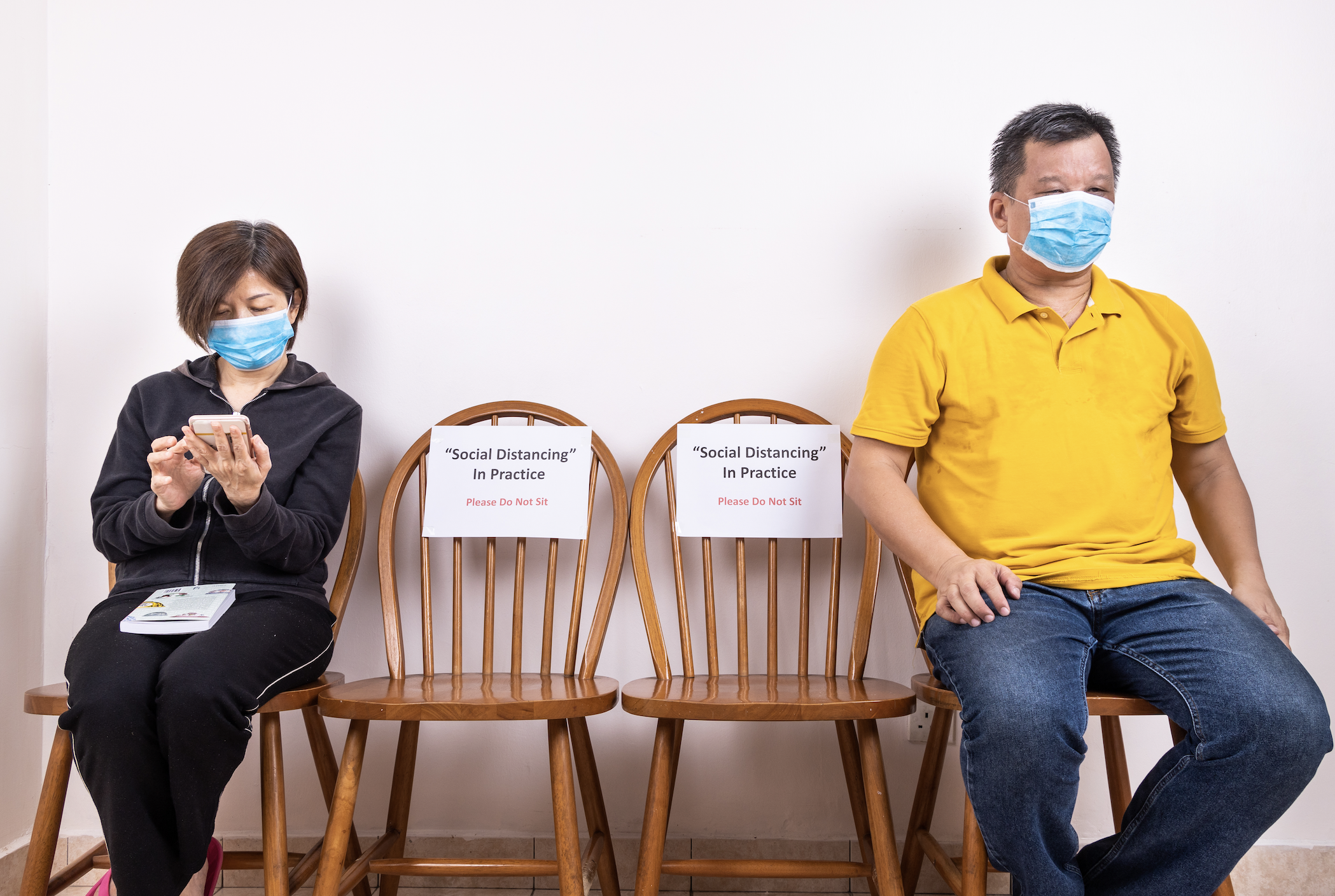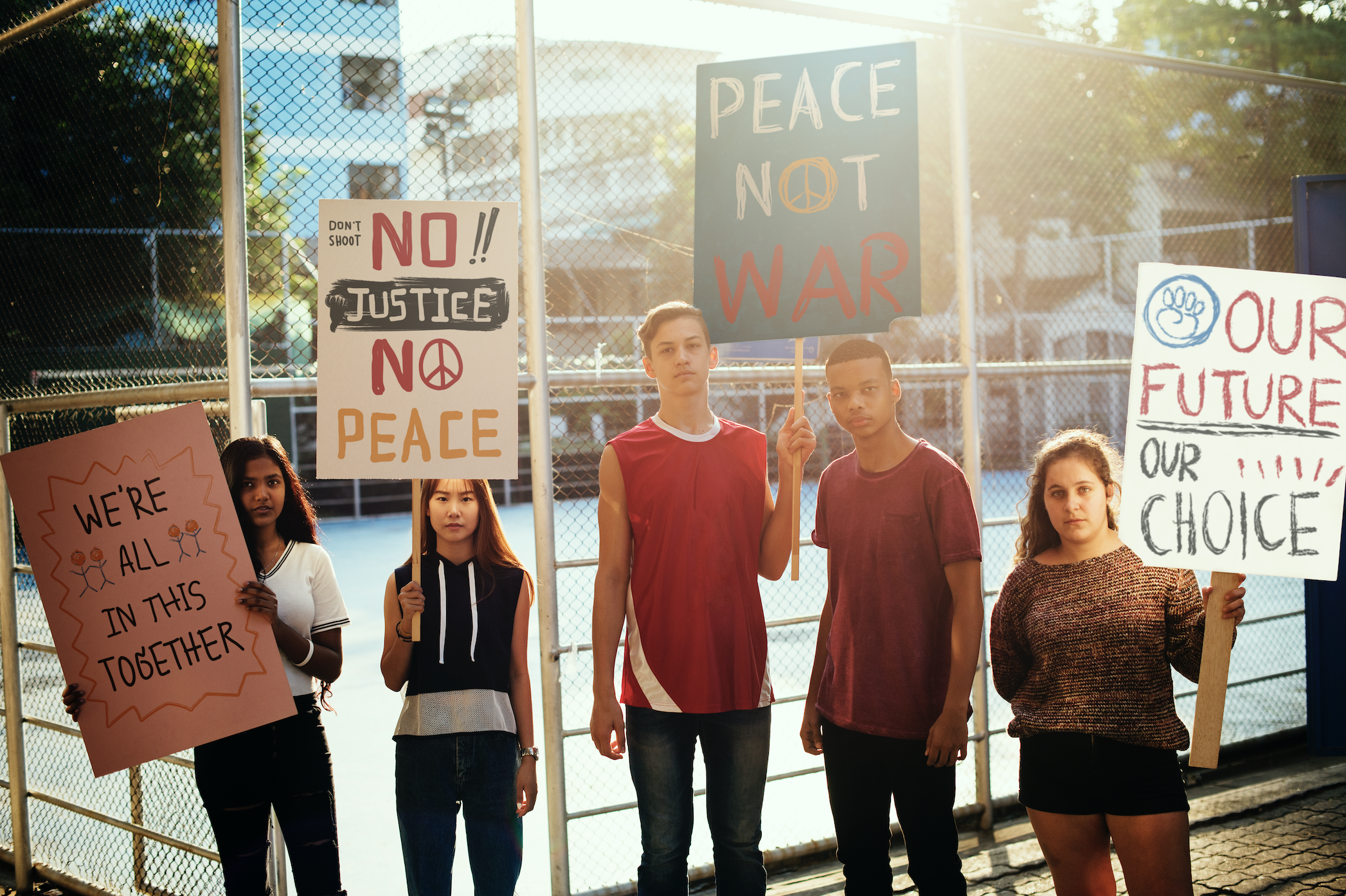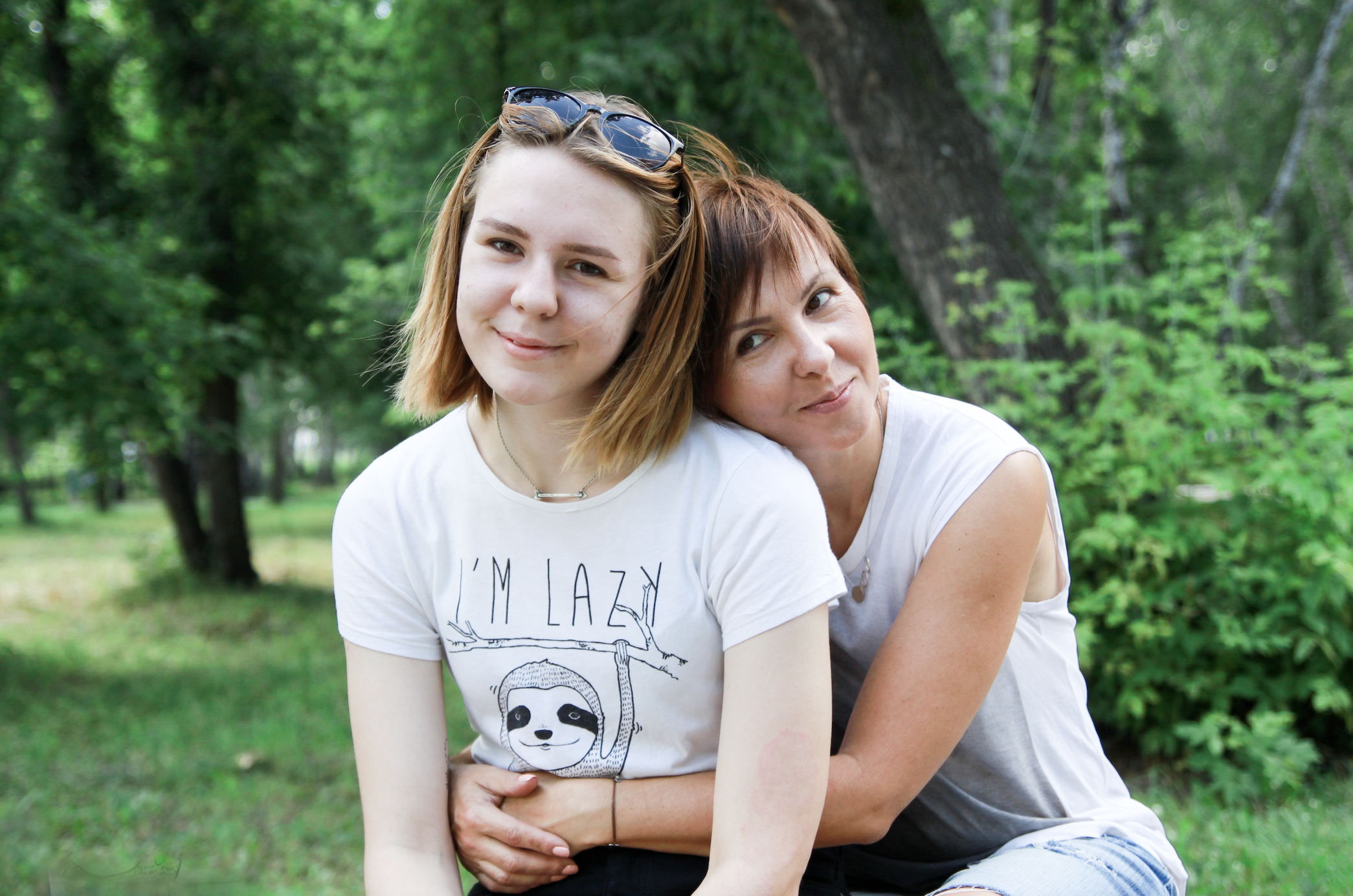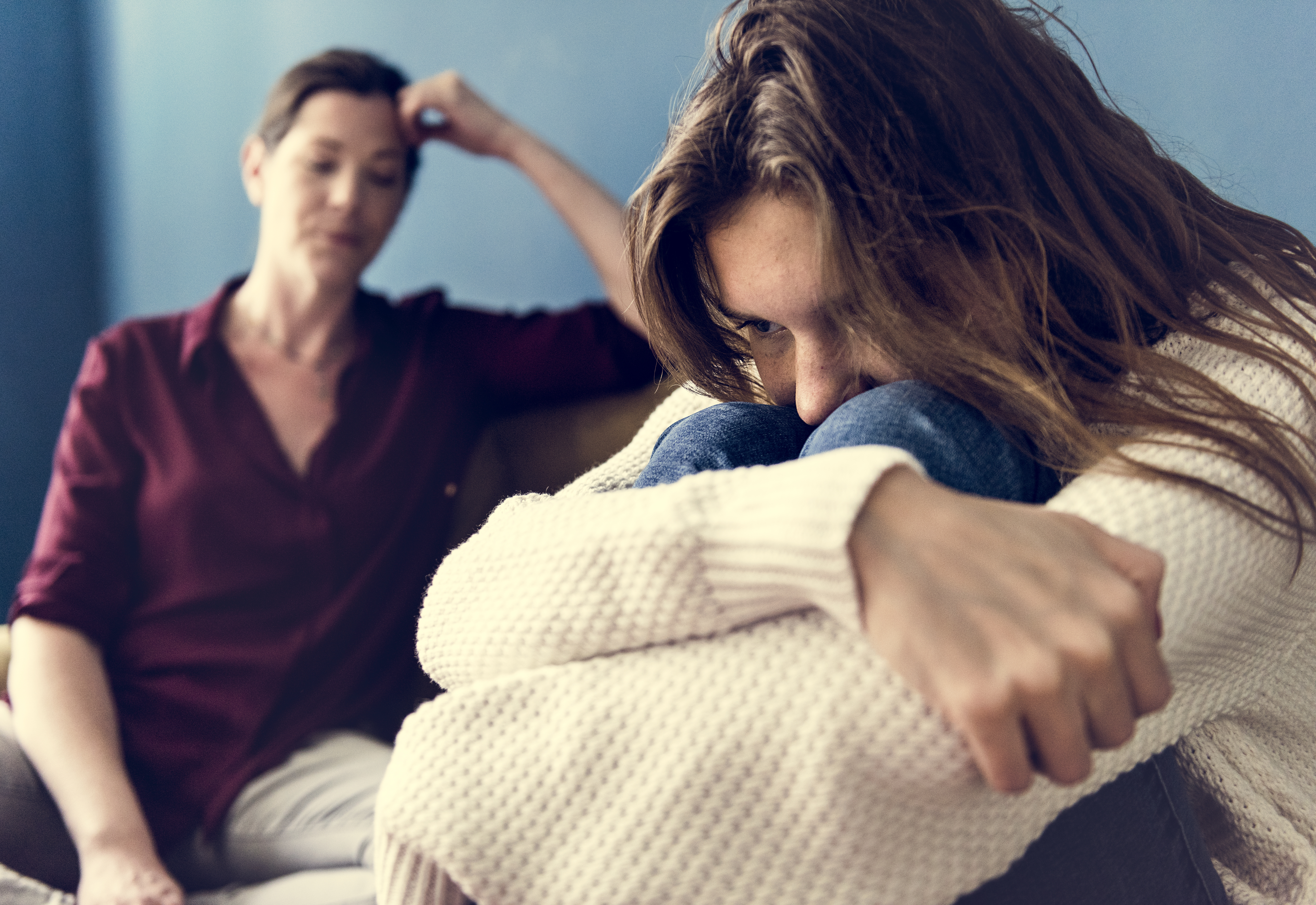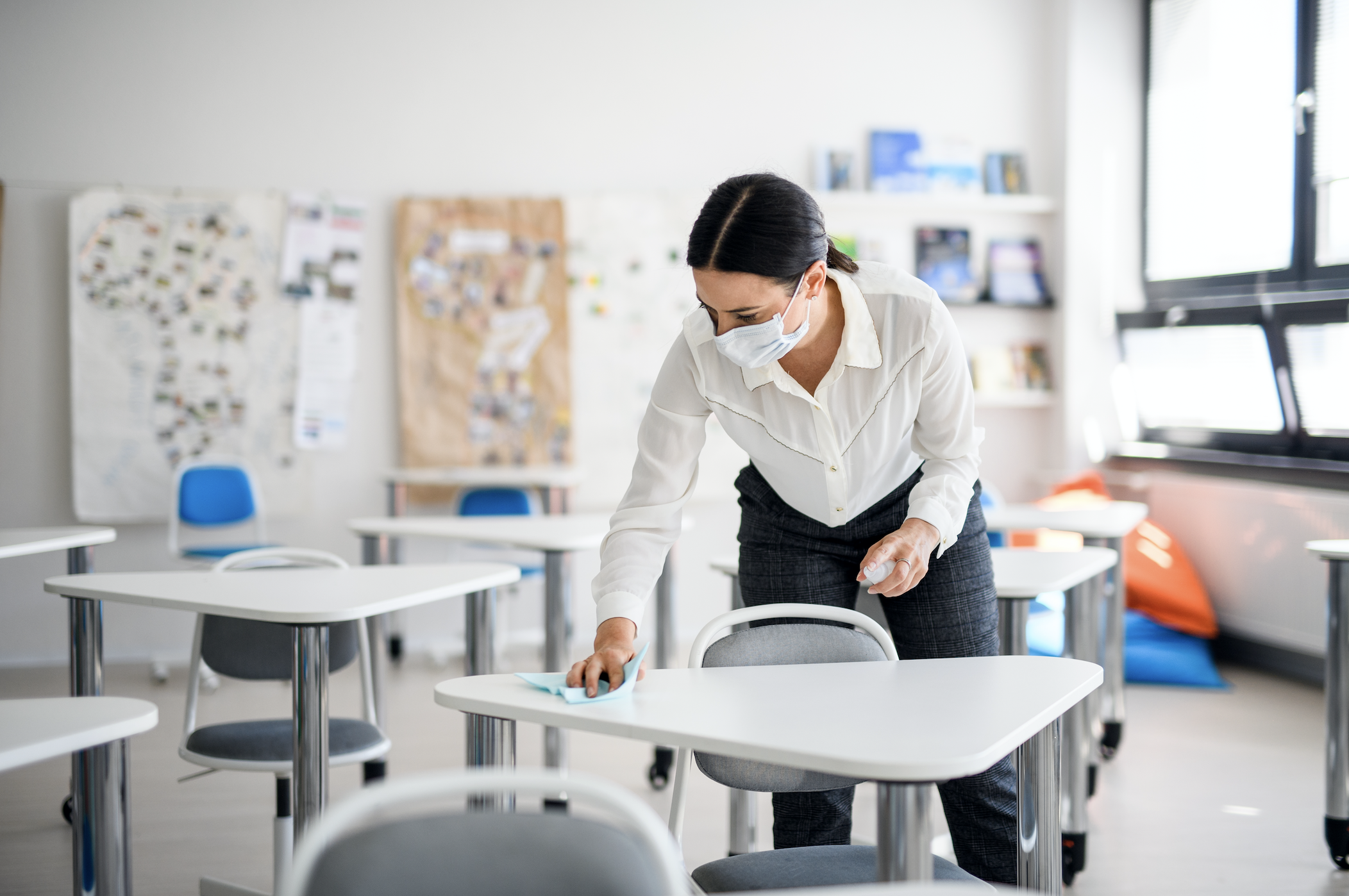Tim Elmore’s Favorite Things from 2020
By: Tim Elmore Each year, I usually post a list of my favorite books I’ve read the previous 12 months. This year, I am going to mix it up and go wider. Below, I have listed “a few of my favorite things,” (thank you Julie Andrews) thinking this might stimulate your mind and imagination. No doubt, 2020 was a strange and
The One Thing I Do at the Beginning of Each Year
By: Tim Elmore Last week, I posted a ritual I perform at the end of each year. A second ritual I do is a natural follow-up. It enables me to enter a new year on purpose. After I invest a morning reviewing the previous year, I spend the second half of the day previewing the new year. I think, write, and
If It Weren’t 2020
By: Tim Elmore The year started well, with our work and our money Our weather was warming, and our spring became sunny. Our life was quite normal, and resources were plenty. And it might have continued…if it weren’t 2020. As the spring unfolded, we got new direction, We were told to go home to avoid an infection. It was COVID-19 and it spread through the nations. No one
Three Words of Encouragement For You This Holiday Season
By: Tim Elmore Don’t tell me. I’ve already heard it — you are ready for 2020 to be over, to turn a new page and start a new chapter for your story in 2021. Am I right? I know. Me too. But before you end the year, may I remind you of what you’ll need to carry with you into next year. Because
Six Warning Signs Your Students Are Struggling with the Pandemic
By: Tim Elmore I wonder if adults fully comprehend what’s going on inside the minds of kids today. Mental health issues were already mounting among those in Generation Z, but the Pandemic has taken its toll and left them in worse mental and emotional health than ever. In Japan, more people died from suicide than COVID-19 in 2020. Sometimes, we can overreact
Four Secrets to Virtually Approach Social and Emotional Learning
By: Tim Elmore Have you ever heard of BeauTubers? This is a term describing beauty-YouTubers. A beauty YouTuber, commonly referred to as a beauty vlogger, beauty guru, beauty influencer, or Beautuber, is a person who creates and posts videos to YouTube about cosmetics, fashion, hair-styling, nail art, and other beauty-related topics. As of 2016, there were more than 5.3 million beauty
How to Help Gen Z Develop Empathy in Personal Relationships
Today’s blog is from Grace Hooley. Grace is a next gen researcher, writer, and Content Coordinator for Growing Leaders. While I (Grace) was in university, I studied with a fellow peer who had his finger on the pulse of the world. In every class or club he was in, Nick spoke of justice and political reconciliation that should be happening on
Three Social and Emotional Skills to Prepare Gen Z for Their Careers
Laura is an HR executive who just finished her 14th interview in a single week with a prospective job candidate. We spoke by phone at the end of her week, and she told me she was exhausted. When I said I understood her natural weariness, she said it wasn't the volume of candidates that wore her out but rather their
The Importance of Developing Emotionally Intelligent Schools and Homes
I was stunned to hear what had happened at Stanley Middle School in Lafayette, California. Seventh-grader Merek Mastrov, who is 12 years old, missed a total of 90 minutes of Zoom classroom time. What step did the school take in response? Merek’s dad got a letter saying his son was truant and subject to arrest. Wait. Did they say arrest? Yes, according to
Four Reasons Why a Gap Year Might be the Best Way for Students to Build SEL Skills (Even During a Pandemic)
Today’s blog post is from Steve Moore. Steve is an author, speaker, and president of Growing Leaders. I came across an interesting letter written by a father on behalf of his discouraged son: Please forgive a father who is so bold as to turn to you…in the interest of his son. [He] is 22 years old… I can assure you that he
The Secret to Starting Real-Life Conversations with Your Students
I made a discovery recently. The schools that experience the toughest challenges with a remote learning model (or even a hybrid schedule) are the ones that continue to push for keeping academic scores high, at the expense of everything else. I asked a teacher recently how her remote learning experience was going. She said: “I’m exhausted. We’ve implemented the A/B model, and
The Pros & Cons of E-Learning to Build Social & Emotional Learning Skills
For many years now, researchers in educational fields have been trying to understand the influence of technology in the classroom. Is it helping? Is it hurting? Should we be using it? Of course, all of the answers to these questions may not be moot. After all, technology isn't IN the classroom today, technology IS the classroom. Just a couple of weeks
Why Many Students Still Aren’t Ready for Virtual Learning
I watched a revealing video made by Olivia, a freshman student from Toronto. It’s called “Numb,” and it’s just over three minutes long. It describes what life feels like for a kid who’s been forced to learn remotely. If you have three minutes, I encourage you to watch it here before reading my article below: Olivia (Liv) isn’t an unmotivated student.
The Secret to Leading Poorly Performing Students Well
If you’re like me, you’ve attended countless webinars on leading students during a pandemic. You’ve probably read so many articles on COVID-19 you feel like a cross between a therapist and a physician's assistant. You’ve likely been on video calls so much your eyes are blurry and you’ve contracted Irritable Zoom Syndrome. (Just a little humor there.) On top of that,
Helping Generation Z Use Self-Awareness to Create Self-Confidence
It didn't take long for people to recognize that Babe Ruth was a special athlete. The Sultan of Swat was a natural baseball player, better at hitting and pitching than most ballplayers in his time. In fact, at one point, a researcher from Columbia University coaxed him to undergo an experiment that would reveal what made him so different. Ruth
How Emotional Intelligence Increases Students’ Influence
Chuck was a bully on my high school campus. Back in the day, everyone in our class dreaded encountering him. On a good day, he was merely rude or offensive. On a bad day, he’d be downright abusive or violent. Chuck came from a troubled background but knowing that didn’t change the way peers felt about him. The entire tone
Educators: The Most Important Leadership Trait You Can Teach This Year
A young couple recently moved into a new house. While eating breakfast their first morning, the young woman saw her neighbor hanging her wash on the clothesline in her backyard. “That laundry looks dirty. She doesn't know how to wash correctly. Maybe she needs better detergent,” remarked the wife. Her husband looked on, but remained silent. Day in and day out,
How to Help Generation Z Redefine Resilience and Overcome Life’s Challenges
I’ve been white water rafting twice in my life, once in California and once in Colorado. It’s completely different from the lazy river rafting I’ve enjoyed on the Chattahoochee River near Atlanta. When rafting on the rapids, I don’t go out without an experienced guide who knows how to handle the rushing waters, rocks and bends in the river. I
Two Ideas to Enable Students to Engage and Retain a Virtual Lesson
Public education has been founded upon memorization and testing for over a century. While we all agree we must do more than drill our students to memorize curriculum, remembering information will always play a role in learning. Today, millions of teachers face an even more arduous task of doing all of this remotely. So, what can teachers do to help kids
Four Huge Mistakes Schools Have Made Over the Years
I sat in a well-lit room, full of colorful posters on the walls. Twelve people from four generations sat in a circle. Our goal was to discuss how our world had changed over the decades and if we felt those changes made us better or worse. You can imagine our discussion was as colorful as the posters on the walls. It
How to Prepare Gen Z for the ‘New Normal’ After the Pandemic
When I was a young kid, seat belts were introduced to automobiles. I remember in 1968 when the federal government made them mandatory. At first, they were only lap belts with no strap across the chest. People claimed they hindered movement and wrinkled their clothes. It was a strange time as I watched several adults refuse to wear them at
Five Ingredients to Help Students Recover Following a Pandemic
The population of young people, ages 16 to 24, were already facing mental health problems. Now they feel delayed by COVID-19, and it has added to their anxiety levels. This portion of Generation Z and Millennials are disadvantaged. While it sounds strong, many of them feel: Postponed Pushed aside Penalized The teens in this group believe part of the typical American
Three Questions That Challenge Students to Lead
A few weeks ago, seven high school and college students organized an effort to get a petition signed that would create a mask-wearing policy in their city of Savannah, GA. I spoke to them about their strategy to reach their goal and why it felt so important. Each student found his or her own way to articulate why their aspiration
What Parents and Teachers Can Do That Google Cannot Do
Many parents fret that they’re not having the same conversations with their children that they did with their parents when they were kids. Teachers fret that engaging students in the classroom is tougher today because they compete against YouTube, Netflix, and Tik Tok. Coaches and youth workers fret that keeping a student athlete’s attention is tough because they’re up against Madden NFL
Five Ideas to Keep Negativity from Becoming Normal During Quarantine
Do you identify with the scenario below? The first few weeks of quarantine, your family was energized. The whole idea was novel; not having to go to work or school was intriguing. You could do your daily routines in your sweats or pajamas. How cool was that? The next few weeks became monotonous. The novelty of doing life at home evaporated, and
Three Myths About Leadership We Must Help Students Discard
For decades now, leadership professors and leader development specialists have categorized leadership using an uppercase letter: Leader, verses a lowercase letter: leader. This is helpful in determining how different people influence a team. First, those who appear to be natural leaders, often in positions of authority, are Leaders. The uppercase L is often a person with extraversion, usually confident, and one
How this Pandemic Could Change School for the Better
Most of us have mourned what the COVID-19 quarantine has stolen from our teens. Less class time, more screen time, more boredom, and both students and teachers who are uncomfortable with the new normal. Many traditions were removed like sports games, recitals, school plays, proms, and marching bands on Friday nights. But I’d like to focus for a few minutes on
Five Tips for Accelerating Growth through Feedback
The ability to think about yourself from the outside in, like a camera observing from a corner of the room, is a distinctly human capacity. But unless you are actually watching a recording of yourself, the ability to get an accurate outside perspective is limited. You can’t even hear your own voice the way others do until you listen to a
Why Social-Emotional Learning Should Be a Top Priority When Going Back to School
Tomas Macaluso is a principal at North Valleys High School in Reno, Nevada. He and his team have become passionate about establishing social and emotional learning into the 2,200 students who attend NVHS. While Tomas knows academics are important, he is committed to graduating students who are ready for real life. Many of the administrators and teachers we work with think
Three Tools to Bring Out the Best in the Pandemic Population
We have coined a term: “The Pandemic Population.” It represents a portion of Generation Z, high school and college students who have no memories of the 20th century as the Millennials do. They’ve grown up in the 21st century when the world was different, and they’re now coming of age in the midst of a pandemic. While Millennials were marked
Two Important Decisions School Administrators Must Make This Fall
History is full of stories of leaders who each faced a crucial fork in the road and made a courageous decision. Want a few modern examples? Admiral Jim Stockdale chose to injure himself by cutting his face and butchering it with a stool so he could not be portrayed as an unharmed, healthy Prisoner Of War in Vietnam. Dr. Martin
What Will We Remember from This Pandemic?
A few years ago, my extended family gathered for a reunion. My sisters and I reminisced about our childhoods, including vacations, past girlfriends and boyfriends, squabbles we had, you name it. What struck me that day was, while we all remembered significant occasions, we all recalled different details, smaller occasions and we even retained different stories. Behavioral scientists have gathered a
Ask Don’t Tell: What We Could Learn From Gen Z During a Pandemic
I know four sets of parents who are now at odds with their young adult children. The kids are between the ages of 17 and 24. Each of these families are experiencing more arguments than normal, and the young people all seem to possess underlying anger directed at the older generation. Do you see what I see? This is something I
How to Start a Conversation About Race with Kids
I recently met with a group of teachers and parents to talk about the “Black Lives Matter” protests. Within this group, there were caring adults on both sides of the issue: some that were completely affirming of the protests (even the damage to property) and those who were against the protests, believing they’re not the best way to accomplish the
Educators: Five Ideas to Overcoming Burnout Without Quitting
“COVID-19 has been a blessing and a curse,” Jared told me frankly. Jared is a high school principal who finished his 20th year as an administrator this past spring. He went on to say his teachers have enjoyed the change of pace that the quarantine offered everyone but that he’s also seen a rise in teacher burnout. An average of 16
Escaping the Battle of Words and Embracing the Battle for Hearts
Our world today is in combat over language. Two sides of any issue vie for the best words that make any opposing view seem, well…wrong. Everywhere we look we see mantras, slogans, and mottos that draw readers in and make them want to side with their cause without even really understanding the deeper ramifications. Because we have short attention spans,
Seven Reasons Why So Many Teens Are Involved in Protests
Parents of high school students have been shocked by how many teens have leapt onto the scene with such strong emotions at the protests across America. Parents who assumed their child thought just like they did have seen a new side to their sons and daughters. Parents who felt their kids embraced law and order and were satisfied with being
Parents: How to Have Patience for Yourself in a Culture of Comparison
I remember overhearing a dad talk about what he’d just done for his children. Actually, he was bragging about what he’d done for them. This man just returned from a trip to the Swiss Alps where he and his kids had skied together in new matching snowsuits with brand new ski equipment. Upon their return, they stopped in New York
How Three Young Leaders Went Beyond Boasting and Posting to Hosting
As sad as they are, I find that treasures often emerge after a tragedy. That’s exactly what we’ve seen in the aftermath of the George Floyd murder at the hands of Minneapolis police officer Derek Chauvin. Over the last several weeks, the whole world has witnessed protesters, mostly young protesters, gathering in major cities to march under the banner of
How to Stop Being a Control Freak with Your Kids
I just spoke to Sharon, a mom who is now teaching her three kids at home during the COVID-19 pandemic. The first few days were novel and even fun. The adrenaline that flows from doing something new had kicked in. Now, it’s a different story. Sharon told me recently her biggest struggle is wanting to control everything. I can see
How Our Parenting Has Changed Over the Years
A hundred years ago, we read stories of how families were larger, how kids were to speak only when spoken to, and how parents enjoyed a more influential voice in their teens’ lives. In most cases, the acceptable style was command and control. My research shows that much of that narrative is true. There was a clearer sense of control
Six Metaphors to Build an Incubator of Peace for Your Kids
A little while ago, I heard about a news report that gave me pause. ABC’s Good Morning America team interviewed the Chief of the New York Fire Department who said not only are the people infected by the coronavirus increasing in New York, but 23 percent of first responders have now been infected. The ones who rush in to save
Life Skills: The Class Some Students Are Asking for
After teaching the art of communication to some high school seniors, I turned them loose to apply what they’d learned. In groups of three, students stood up front to speak on a topic they felt passionate about. One group specifically caught my attention. The group members spoke about how much they wished for a class on life skills. Respectfully, they praised their
Seven Practical Strategies to Talk About Mental Health with Your Kids
Even though mental health issues are on the forefront of our minds today, the topic still carries a stigma for many. Talking about depression can be hard. Trina, a sophomore in college, recently said to me, “We look around us and everyone else seems happy, and we feel we must be the only ones who struggle with mental health problems.” So,
How Schools Can Practice Good Timing This Fall
Did you notice that people experienced an ebb and flow to their emotional state since we were all quarantined in March? I sure you did. At first, we were refreshed, by not having to drive to work or even get dressed up for Zoom meetings. Then, we declined a bit emotionally when we all got nervous about how long this
Survey Says: Teachers and Parents Will Handle the Fall Differently
Here are some icebreaker questions for you: Why have people today felt the need to: Hoard toilet paper at the grocery store? Keep their automobile gas tanks as full as possible? Purchase enough masks to keep their faces covered for a decade? The answer is the same for all the questions: uncertainty.
How Often Should We Talk About the Pandemic With Our Kids?
When my kids were young, our family witnessed the Columbine High School shooting (a campus massacre killing 15 people and injuring dozens more) and the September 11th terrorist attacks (where almost 3,000 died). My daughter was in middle school, my son in elementary school. The stories were a lot for their young minds to process. At the time, I recall
Students Who Invest Their Time Instead of Wasting It
Every one of us has a choice to make when it comes to our time. And since most of us have more time on our hands these days, it’s important to reflect on this topic. We can: 1. Waste our time. We find things to do to kill time or amuse ourselves. 2. Spend our time. We use our time on tasks
Five Brilliant Leadership Lessons From the Protests in Louisville
One of the most moving stories emerging from the protests against police brutality, and on behalf of George Floyd (and others) who’ve been victims of racists cops, was a story out of the protests in Louisville, Kentucky in response to the killing of Breonna Taylor. Officer Galen Hinshaw heard the call over his radio that one of his fellow officers was
What Kind of Leadership Do We Need?
As the founder and CEO of Growing Leaders, I look at the world through a leadership lens. I believe leadership matters. Moments of crisis amplify the need for good leadership. I also believe leadership is a dance between the leader, followers and the situation. A fundamental question leaders need to ask is: “What is the best way to gain positive







